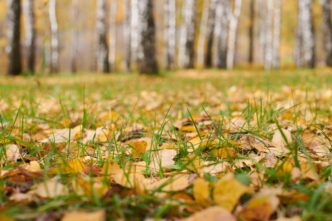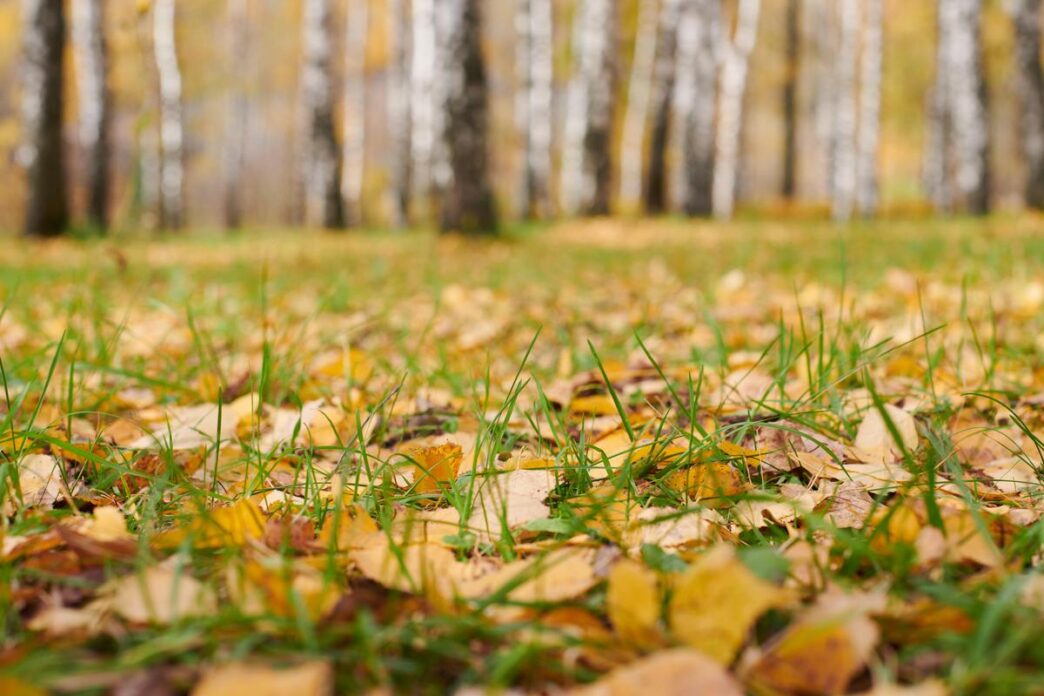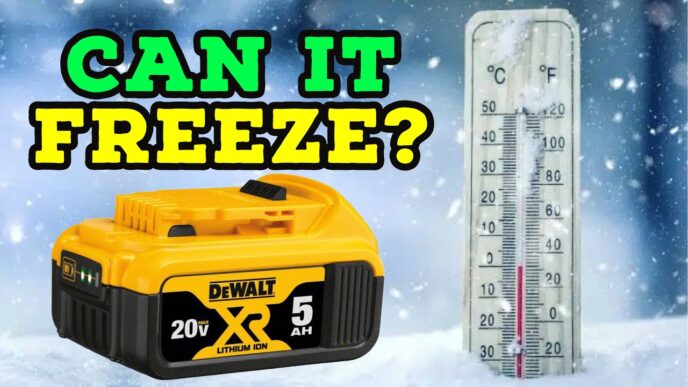Key Takeaways:
- Clear debris and weeds from your lawn to prevent suffocation and nutrient competition.
- Aerate in early to mid-fall to reduce compaction and improve nutrient flow; do so on moist soil.
- Overseed with a suitable mix and apply compost for resilience against winter.
- Use core aerators for aeration, rentable for roughly $90/day.
- Apply high-phosphorus fertilizers in early fall for root growth.
- Use mulches and pH adjusters for protection and soil health.
- Maintain grass height at 1 to 1½ inches and rake leaves to prevent disease.
- Spread mulch for root insulation during extreme cold.
- Fertilize before the first frost to build nutrient reserves.
- Manage winter weeds with pre-emergent herbicides.
- A healthy lawn has aerated soil, even growth, and is prepared for spring.
Winter can be tough on your lawn, but with some prep work, it can stay healthy. Before the cold sets in, learn how to clean up debris, pick the right tools, and protect your grass. Our guide has tips on aeration, overseeding, and winter tools you need. Get your lawn ready for snow and frost with easy steps anyone can follow. Let's dive in and get that grass ready for winter!
How Can You Best Prepare Your Lawn for Winter?
What are the First Steps in Winter Lawn Prep?
Start by clearing away debris and pulling out weeds. Leaves and branches can suffocate grass if left on the lawn. Weeds use the nutrients needed by your grass, so it's best to remove them early. A clean lawn means your grass gets enough light and air to stay healthy when cold weather arrives. Check out these fall and winter lawn care tips for more guidance.
When Should Lawn Aeration Before Winter Begin?
Aerate your lawn in early to mid-fall. This timing helps open the soil while roots still grow strong. Aeration reduces soil compaction, allowing water and nutrients to reach deeper roots. Moist soil is ideal for this work, so plan after a rainfall.
How to Overseed Your Lawn for Better Winter Resilience?
Select a seed mix suited to your grass type. Spread the seed using a broadcast spreader for even coverage. After spreading, lightly rake the area to help seeds make contact with the soil. Overseeding fills grass bald patches and boosts lawn health against cold. Along with seeding, apply a half-inch compost layer to enrich soil and promote seed growth.
What Tools and Products Do You Need for Winter Lawn Care?
What Are the Best Tools for Aerating Your Lawn?
To keep your lawn healthy through winter, start with aeration. The best tools for lawn aeration are core aerators. These machines pull small plugs of soil from the ground. They reduce compaction and improve air and nutrient flow. You can rent a core aerator from a local garden center for about $90 a day. Before using it, make sure the soil is slightly moist, but not muddy. This makes it easier for the machine to work effectively.
Which Fertilizers Are Best for Winter Treatment?
Choosing the right fertilizer is key to strong grass during winter. Use high-phosphorus fertilizers for root growth. The best time to apply them is early fall. This gives roots time to grow deep before cold hits. A rotary spreader helps spread the fertilizer evenly. If you're not sure about how much to use, a soil test can guide you in adjusting for pH levels. Remember, even distribution encourages healthy growth and avoids soil problems.
How Can Winter Lawn Care Products Improve Grass Health?
Winter lawn care products include mulches, pH adjusters, and grass seeds. Mulches help insulate the lawn, keeping it safe from frost. They also protect against soil erosion during heavy rains. Some products, like lime or sulfur, adjust soil pH to optimum levels. When choosing seeds for overseeding, opt for varieties that thrive in winter. These products, combined, create a protective layer and boost your lawn’s resilience. Reading user reviews can help you choose wisely.
How Do You Protect Grass from Harsh Winter Conditions?
Snow can be tough on your lawn, but simple actions help it endure. When snow covers your yard, your grass needs some help to live through the cold months. I will share techniques that ensure your lawn stays healthy under winter conditions.
What Techniques Ensure Grass Survival During Snow?
Start with proper snow and frost protection to keep your grass safe. Mowing to the right height matters. Keep grass at 1 to 1½ inches. This helps stop matting under heavy snow. Leaf raking also prevents disease by keeping your lawn clean. Clear leaves as soon as they fall. It is vital to maintain an open lawn for sun and air.
How to Secure Your Lawn During Extreme Cold?
During extreme cold, think about insulating and covering your grass. You might use mulch as a natural insulator. Spread a half-inch layer of mulch on your lawn. This layer keeps moisture in and protects roots from harsh weather. Grass needs strong roots to survive, so use a high-phosphorus fertilizer for root growth.
Why is Preparing for Heavy Snowfall Essential?
Preparing for heavy snow is key because snow can damage unchecked grass. If snow piles on too fast, it might suffocate the grass. Even distribution of snow helps avoid grass stress. Removing piles keeps more air flowing. Also, consider timing these steps in early fall. It allows your lawn to be strong and ready before the first frost hits. Protecting your grass now means a lush and green return in spring.
What are Essential Tips for Maintaining a Healthy Lawn in Winter?
Preparing your lawn for winter is crucial to ensure a lush spring return. Here are some essential tips that will keep your grass healthy during the colder months.
How Often Should You Fertilize Your Lawn During Winter?
You should fertilize once before the first frost. This step is important because it builds nutrient reserves that your grass will rely on during dormancy. Create a simple schedule based on your region’s climate. In most areas, early November is the best time for a single fertilization. Always use a high-phosphorus mix to boost root growth over the winter.
How Do You Manage Winter Weeds Efficiently?
Winter weeds need managing before they spread. Identify common weeds like dandelions and winter grass. You can control these with pre-emergent herbicides applied in late fall. Make sure to read labels for proper application and effectiveness. Regularly inspect your lawn even in winter to catch any early growth of unwelcome plants.
What Are the Signs Your Lawn is Ready for Winter?
Healthy grass preparation shows in several ways. Your lawn should have a rich green color and should feel even and resilient underfoot. Look for a height of 1 to 1½ inches by late fall to avoid matting under snow. The soil should be aerated and not compacted, aiding water and nutrient uptake. Keep an eye out for issues like thin patches, and overseed where necessary to improve thickness. Proper lawn prep will yield positive results with a vibrant, lush expanse ready for enjoyment when spring arrives.
Conclusion
Getting your lawn winter-ready ensures strong, lush grass come springtime. Start by cleaning debris and removing weeds to prep for the cold. Aerate your soil at the right time for better air and water flow. Use the right seeds to overseed and fortify your lawn. Choose the best tools and fertilizers for winter care to promote healthy grass. Protect your lawn from snow with proper techniques and coverings. Maintain a consistent care schedule to manage weeds and fertilize effectively. With these steps, your lawn will thrive through winter’s harsh grip.













